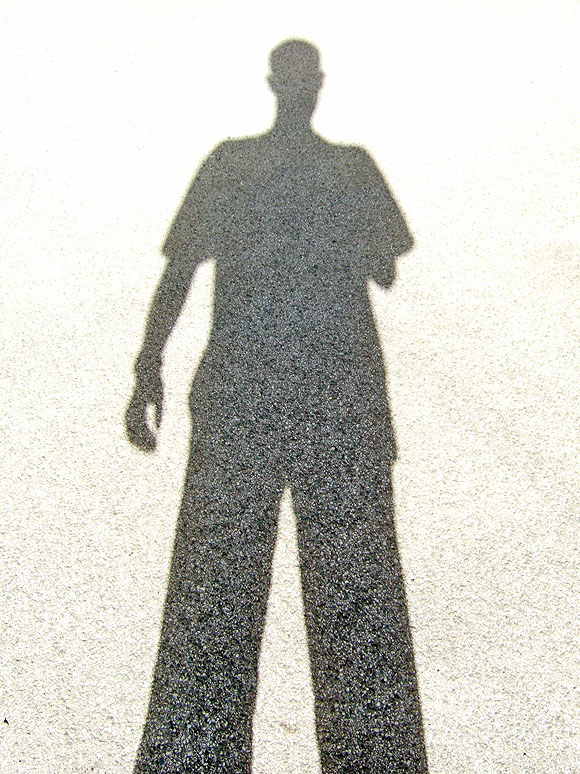Me, my selfie, and I
19 January 2015They say—and I am willing to believe it—that it is difficult to know yourself—
but it isn’t easy to paint yourself either.
Vincent van Gogh, letter to his brother, September 1889

Fr. Vasile Tudora
The self-portrait genre has been around from the very beginning of art. It was used to identify the artist, when no photography existed, or to tell one’s story in a visual manner or to dive deep into one’s existential struggles. Some even used it for obscure reasons like the one artist who portrayed himself after taking different drugs. Don’t try that one at home!
Nowadays, the self portrait genre has gone beyond its usage in the artistic realm into the world of social media, giving birth to the Oxford dictionary word of 2013: the selfie! As I type this, however, I can see it has not made it into my text editor’s spelling dictionary, well, not yet, because the selfie is everywhere. Social photography sites like Instagram have pushed this phenomenon to the next level. Everyone takes selfies, including the royal family and the president. We even have a selfie of a passenger after being evacuated from a plane that crashed into the ocean.
So why is everyone into the selfie craze? There is actually some interesting scientific research that looked at this. One of the things they concluded was that “the very raison d’être of a selfie is to be shared in social media, it is not made for the maker’s own personal consumption and contemplation.” The selfie is not really about the art of photography. A lot of them actually are very poorly executed, but it is mostly about sharing something with the world. “I was there in that interesting time and place,” “I did that crazy thing,” “I was with such and such important person,” and “I want all my friends to know right now.”
The selfie puts us on public record at the right time and place. It is not concerned with who the person really is but with the external self-promotion of our idealized self. We want everyone to instantly recognize that we are indeed beautiful and interesting, we have lots of friends who like us. The selfie is a joint creation of our need to re-define our personal image and the social media that provides the means for its distribution to our circles. Don’t misunderstand me. Social media is great. I use it daily as a way to stay in touch with my congregation, with my family and lifetime friends. Misused or abused, it tends, however, to replace for many a missing real social life and becomes a way to “sell” ourselves to the world. Through the selfie, we offer a timely proof for our claims of self-re-construct.
The Fathers of the Church teach about the existence of both image and likeness in every person. The image is given, we are all made in the image of God, but we are called to work on the likeness, to fill the image with substance. An image that is void of likeness is like a “noisy gong or a clanging cymbal” (1Corinthians 13:1) that makes a loud sound that one can hear far away, but it is void of meaning. Our lives can only become full of meaning if they are filled with Christ, the Word and Logos of God.
Being so worried about our external appearance or perfect social belonging, we tend to forget about the inner person, the unseen and true self. We can hide from the world behind a carefully crafted selfie, but we can’t fool God, “for nothing is secret, that shall not be made manifest; neither any thing hid, that shall not be known and come abroad.” (Luke 8:17)
In a recent visit to Mount Athos, I realized that in the monasteries, there were no mirrors. This underlines that all that matters is not how we see our selves reflected in a mirror, or in the opinion of others. What is important is how we are in the eyes of God. Orthodox icons are a good place to start for understanding this. In them we see a reversed perspective suggesting that the icons are indeed how God sees the world, not how we see God. He looks at each of us, sinners as we are, and He chooses to see us as icons, potential saints.
This is the best selfie we can work on, achieving the likeness of God, trying to be every day near Christ, associating ourselves with his social circle, the Church, until, like the Holy Apostle Paul, we can say: “I am crucified with Christ: nevertheless I live; yet not I, but Christ lives in me: and the life which I now live in the flesh I live by the faith of the Son of God, who loved me, and gave himself for me.” (Galatians 2:20)
Source: myocn.net/selfie







